10 Proven Strategies for Dominating the Online Advertising Game
Harness the full potential of Google Ads and catapult your online advertising game to new heights with these 10 proven strategies. In this article, we’ll dive deep into the world of Google Ads, revealing insider tips and techniques to help you dominate the competition.
With billions of daily searches and a massive user base, Google Ads presents an unparalleled opportunity to reach your target audience and drive valuable conversions. However, without a well-crafted strategy, your campaigns may fall flat and fail to deliver the desired results.
Our expert-driven guide will equip you with the knowledge to optimize your Google Ads campaigns effectively. From keyword research and ad targeting to ad copy and landing page optimization, we’ll cover every aspect to ensure maximum visibility, engagement, and ROI.
Whether you’re a seasoned advertiser looking to boost your performance or a beginner taking your first steps into the world of online advertising, these strategies will empower you to get the most out of your Google Ads budget and achieve tangible, game-changing results.
Get ready to unlock the power of Google Ads and outshine your competition in the online advertising arena. Let’s dive in!
The Benefits of Using Google Ads for Online Advertising
Google Ads offers a multitude of benefits for online advertisers. With billions of daily searches and a massive user base, Google Ads presents an unparalleled opportunity to reach your target audience and drive valuable conversions.
One of the key advantages of Google Ads is its extensive reach. By placing your ads on Google’s search engine results page (SERP), you can make sure your brand or product is in front of potential customers at the exact moment they are actively searching for relevant information or products. This level of targeting allows for maximum visibility and increases the chances of driving high-quality leads.
Another advantage of Google Ads is its flexibility. You have full control over your budget, allowing you to set daily or monthly spending limits. This flexibility enables businesses of all sizes to participate in online advertising, regardless of their budgetary constraints.
Additionally, Google Ads provides a wealth of data and analytics to help you track the performance of your campaigns. With robust reporting features, you can easily measure the success of your ads, identify areas for improvement, and make data-driven decisions to optimize your campaigns for better results.
Understanding Google Ads and How It Works
Before diving into the strategies, it’s crucial to have a solid understanding of how Google Ads works. Google Ads operates on a pay-per-click (PPC) model, where advertisers bid on specific keywords to display their ads in the search results.
When a user searches for a keyword related to your product or service, Google’s algorithm determines which ads to display based on several factors, including bid amount, ad quality, and relevance. If your ad is selected and the user clicks on it, you pay the amount you bid for that keyword.
To ensure your ads are displayed to the right audience, Google Ads utilizes a complex ad rank system. Ad rank is calculated based on the bid amount, the quality of your ad and landing page, and the expected impact of your ad extensions and other ad formats. The higher your ad rank, the more likely your ad will be displayed in a prominent position on the SERP.
Understanding the inner workings of Google Ads is essential for implementing effective strategies and optimizing your campaigns for success.
Keyword Research and Analysis for Google Ads Campaigns
Keyword research is the foundation of any successful Google Ads campaign. By identifying the right keywords, you can ensure your ads are shown to users who are actively searching for products or services similar to yours.
Start by brainstorming a list of relevant keywords that are most likely to be used by your target audience. Use tools like Google Keyword Planner, SEMrush, or Moz Keyword Explorer to expand your list and discover additional keyword ideas.
Once you have a comprehensive list, analyze the search volume, competition, and cost-per-click (CPC) for each keyword. Focus on keywords with high search volume and a reasonable level of competition. These keywords indicate a higher potential for driving traffic and conversions.
It’s also important to consider the intent behind each keyword. Some keywords may indicate a user’s readiness to make a purchase, while others may reflect a user’s research phase. Tailor your keyword strategy to align with the intent of your target audience, ensuring your ads are relevant and compelling.
Creating Effective Ad Campaigns in Google Ads
Now that you have a solid foundation of keywords, it’s time to create compelling ad campaigns in Google Ads. Start by organizing your keywords into tightly themed ad groups. This allows for more targeted messaging and increases the relevance of your ads.
When creating ad copy, focus on crafting compelling headlines that grab the user’s attention and entice them to click. Highlight the unique selling points of your product or service and include a strong call-to-action (CTA) to encourage users to take the desired action.
In addition to the headline, utilize the ad description to provide more information about your offering. Use this space to showcase the benefits, features, and any promotions or special offers you may have.
Don’t forget to utilize ad extensions to enhance the visibility and impact of your ads. Extensions like site links, callouts, and structured snippets provide additional information and give users more reasons to click on your ad.
Optimizing Ad Performance and Maximizing ROI
Optimizing your ad performance is crucial to maximize your return on investment (ROI) in Google Ads. To achieve this, continuously monitor and analyze the performance of your campaigns, ad groups, and individual ads.
Start by reviewing the key metrics such as click-through rate (CTR), conversion rate, and cost-per-conversion. Identify underperforming ads or keywords and make data-driven adjustments to improve their performance.
A/B testing is a powerful technique to optimize your ads. Create multiple variations of your ads and test them against each other to determine which version performs the best. Test different headlines, descriptions, CTAs, or even different ad formats to find the winning combination.
Landing page optimization is another critical aspect of maximizing ROI. Ensure your landing pages align with the messaging and intent of your ads. Optimize them for fast loading speed, mobile responsiveness, and a clear, compelling call-to-action.
Ad Targeting and Audience Segmentation in Google Ads
To make the most of your Google Ads campaigns, it’s essential to target the right audience and segment them effectively. Google Ads offers a wide range of targeting options to help you reach your ideal customers.
Start with demographic targeting, which allows you to target users based on their age, gender, parental status, and household income. This helps you tailor your ads to specific demographic groups that are most likely to be interested in your products or services.
Geographic targeting allows you to show your ads to users in specific locations. This is particularly useful for businesses with a local presence or those looking to target specific regions or countries.
Interest-based targeting enables you to reach users who have shown an interest in specific topics, industries, or products. By targeting users with relevant interests, you can increase the chances of driving engagement and conversions.
Remarketing is a powerful targeting strategy that allows you to show ads to users who have previously visited your website or interacted with your brand. By retargeting these users, you can stay top-of-mind and encourage them to return and complete a desired action.
Tracking and Measuring Success with Google Analytics
To gauge the success of your Google Ads campaigns, it’s crucial to track and measure key metrics using Google Ads analytics. This data will provide valuable insights into the performance of your ads and help you make informed decisions for optimization.
Start by setting up conversion tracking. This allows you to track specific actions on your website, such as purchases, form submissions, or newsletter sign-ups. By tracking conversions, you can determine the effectiveness of your ads in driving desired actions.
Google Ads also provides robust reporting features that allow you to analyze performance at various levels, such as campaigns, ad groups, or individual ads. Dive into the data and identify trends, patterns, or areas of improvement.
Use attribution models to understand the impact of different touchpoints in the user’s journey. Google Ads offers several attribution models, such as last-click attribution, first-click attribution, or even data-driven attribution. Choose the model that best aligns with your business goals and strategy.
Advanced Strategies for Dominating the Online Advertising Game
To truly dominate the online advertising game with Google Ads, consider implementing advanced strategies that go beyond the basics. Here are a few ideas to take your campaigns to the next level:
- Utilize audience exclusions: Exclude specific audience segments that are unlikely to convert, allowing you to focus your budget on more promising prospects.
- Implement ad scheduling: Adjust your bids or even pause your ads during specific times of the day or days of the week when your target audience is less likely to be active or in a buying mindset.
- Leverage ad customizers: Ad customizers allow you to dynamically insert tailored information into your ads, such as product prices, countdown timers, or location-specific details. This creates a sense of urgency and personalization, increasing the chances of driving conversions.
- Experiment with different ad formats: Google Ads offers a variety of ad formats, including text ads, image ads, video ads, and even interactive ads. Test different formats to see which ones resonate best with your target audience and drive the highest engagement.
- Leverage advanced bidding strategies: Google Ads offers various bidding strategies, such as target CPA (cost per acquisition), target ROAS (return on ad spend), or maximize conversions. Experiment with different strategies to find the one that aligns with your goals and delivers the best results.
Harnessing the Power of Google Ads to Grow Your Business
In conclusion, Google Ads is a powerful tool for online advertising, providing unparalleled reach, flexibility, and targeting options. By implementing the strategies outlined in this article, you can unlock the full potential of Google Ads and dominate the online advertising game.
From conducting thorough keyword research and creating compelling ad campaigns to optimizing performance, targeting the right audience, and measuring success with analytics, each strategy plays a crucial role in achieving maximum visibility, engagement, and ROI.
Remember, success in Google Ads requires continuous monitoring, testing, and optimization. Stay up to date with the latest trends, industry changes, and Google’s algorithm updates to stay ahead of the competition and ensure your campaigns remain effective.
Now it’s time to put these strategies into action and take your online advertising game to new heights. Get help from the experts in implementing these Google Ads strategies, contact Pop Creative at 786-477-6760 today!

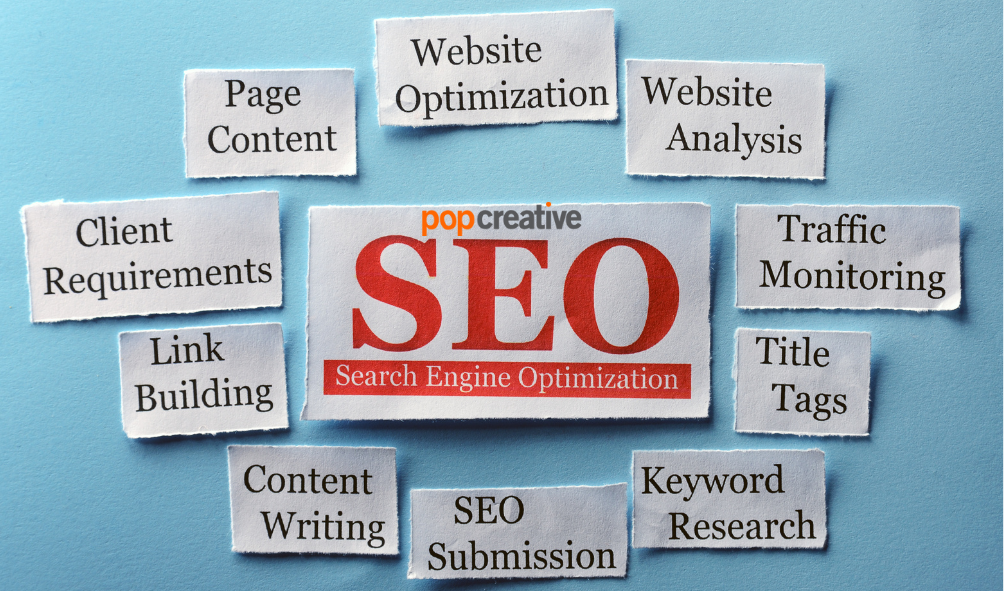
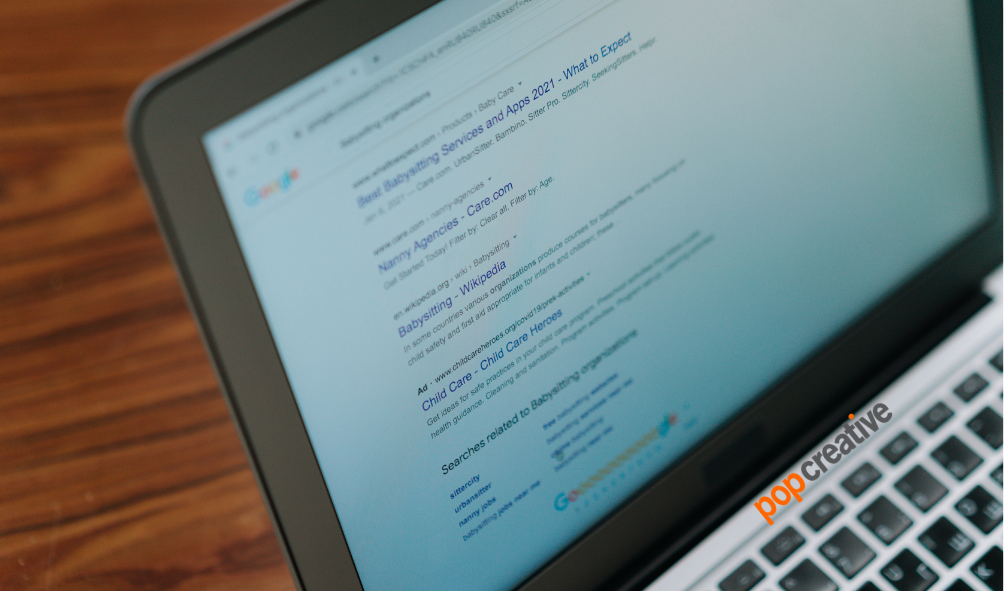

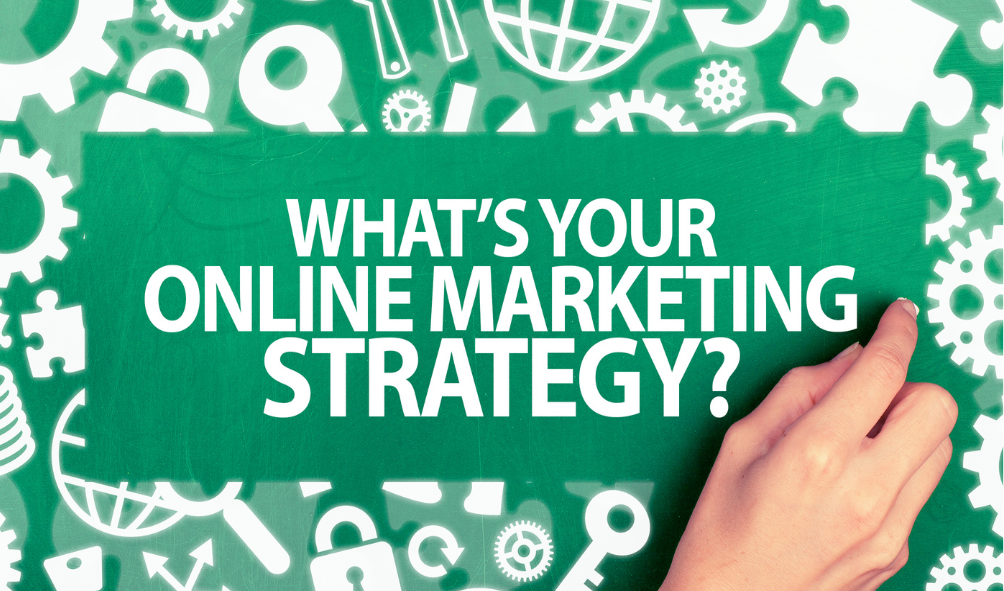
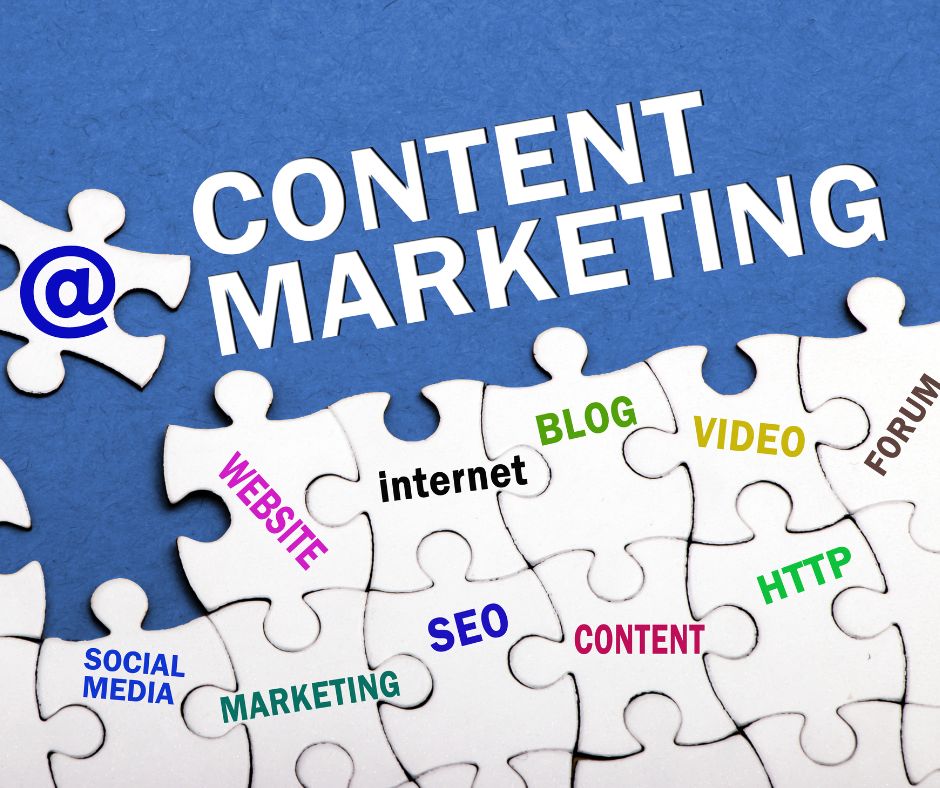
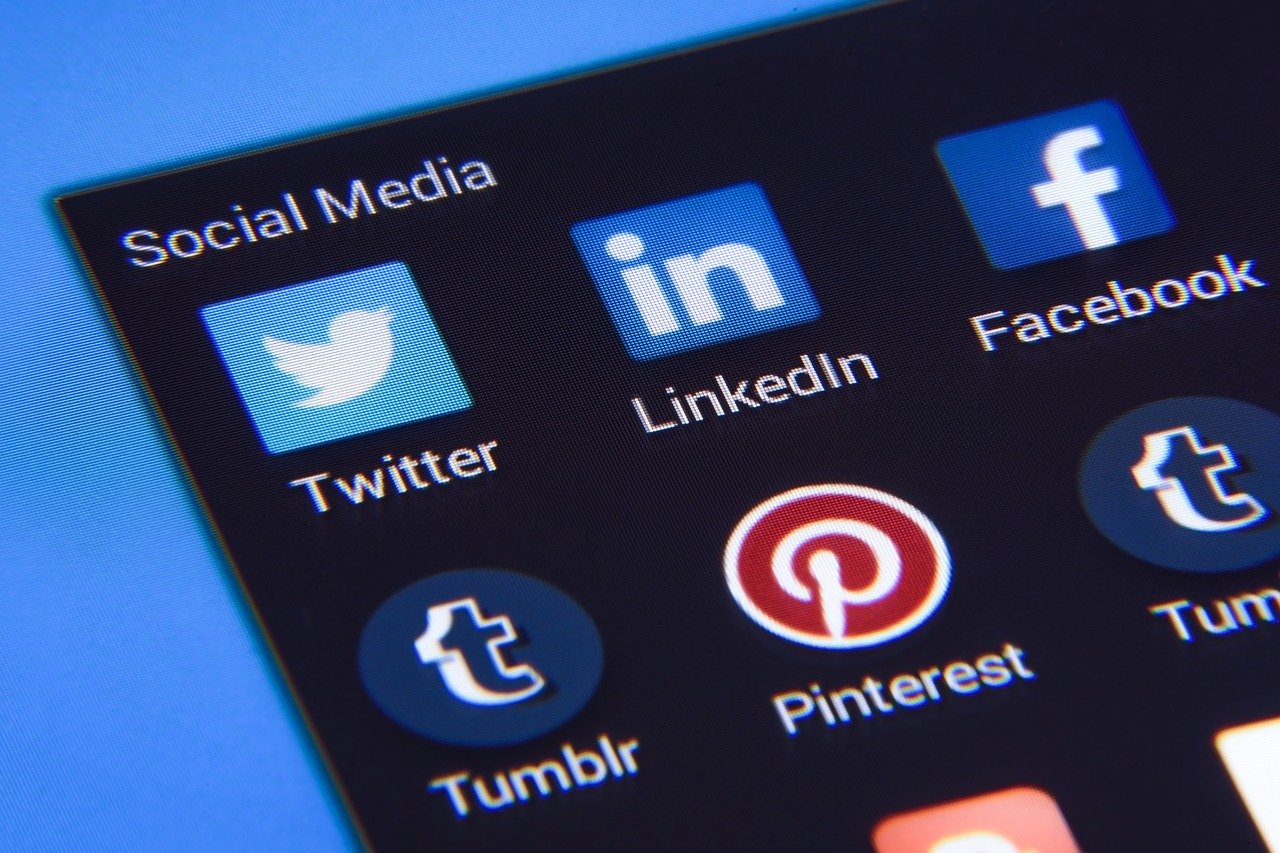

Recent Comments